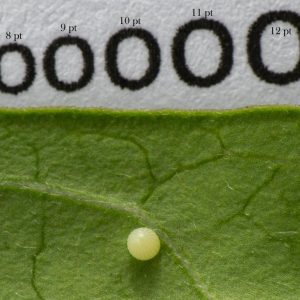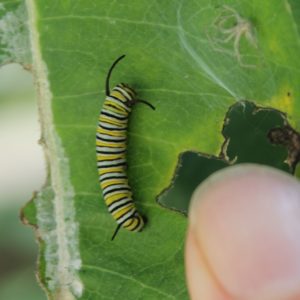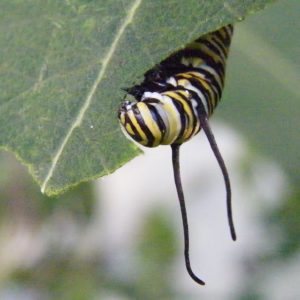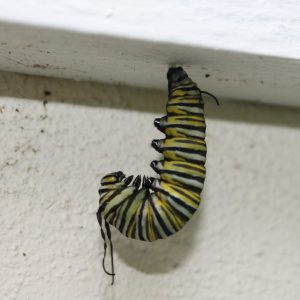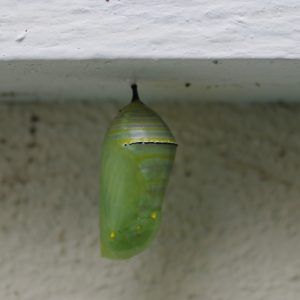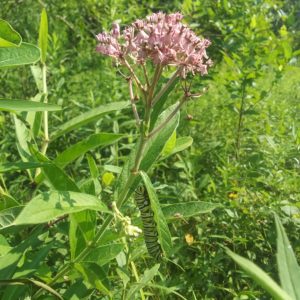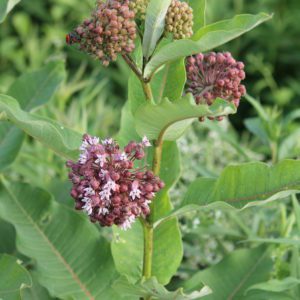This is an exciting time of year for nature-lovers, as monarch migration has started!
The monarch (Danaus plexippus) is one of the world’s most iconic butterflies. First, its large size and orange and black wings make it instantly recognizable to adults and children alike. The only similar butterfly is the viceroy, which is smaller and has a black line across the hind wing.
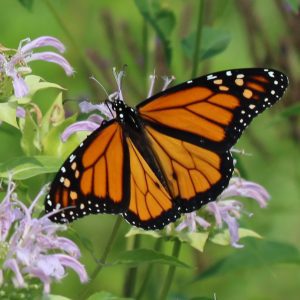
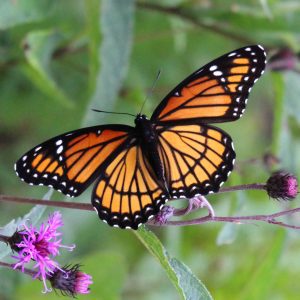
Second, its livelihood is tightly linked to milkweeds, a group of plants famous for their colorful flowers and milky sap. Monarchs only lay their eggs on milkweeds. Once the caterpillars hatch, they start munching on the leaves during which they ingest the toxic cardenolides. These leaf compounds make the caterpillar, as well as the butterfly it later becomes, distasteful to most predators.
Third, these half-gram butterflies are famous for their long-distance migration. Although we knew almost a century ago that they flew south for the winter, nobody knew where they went. The mystery was solved in the mid-1970s when stunned observers came across trees dripping with monarchs in the mountains of Mexico!
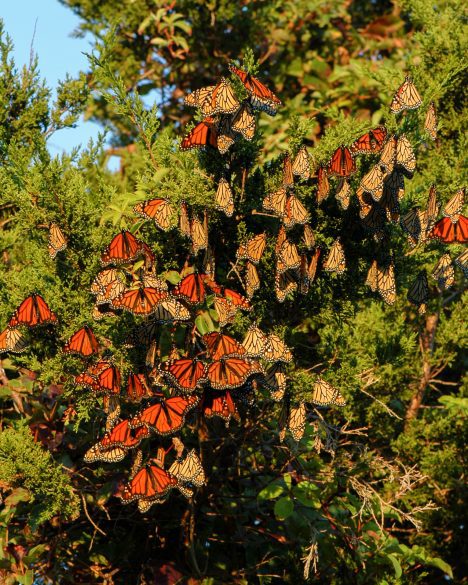
Monarch Migration
We now have a better understanding of monarch migration routes and destinations because of widespread tagging. This involves placing a small sticker with a unique code on a monarch’s wing. If someone later captures it or finds it dead, they can help track it by reporting the code to MonarchWatch. This a monarch conservation organization which gives out free milkweed plants to schools and non-profits.
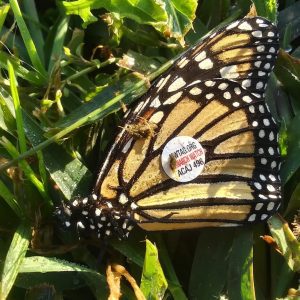
The incredible migration of this small insect connects Delaware with Mexico. It is 2,500 miles between Wilmington and Angangueo, one of their wintering strongholds. Angangueo holds a Festival de la Mariposa Monarca (Monarch Butterfly Festival) every February. One celebration in Delaware, and another in Mexico a few months later, all for the same butterfly!
Declining Monarch Population
Unfortunately, monarchs are steadily declining, and the migratory subspecies found throughout most of North America is now endangered. Monarchs face several threats on their summer and wintering grounds, as well as during their migration. The main threat is the loss of feeding and roosting habitat to development, and specifically, a lack of the milkweeds essential for their reproduction.
Importance of Milkweed for Monarchs
There are several ways to help monarchs in Delaware, the easiest of which is to plant milkweeds (Asclepias). There are several beautiful native species you could plant in your yard or in patches in your local park or schools to create ‘monarch waystations’. Some of these are available at our Fall Native Plant Sale on Saturday, October 7 at Coverdale Farm Preserve.
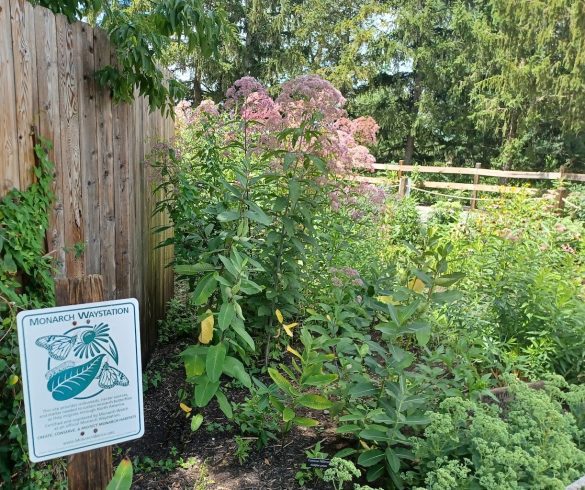
Monarch Migration Celebration: Where Water & Life Connect
If you want to watch these beautiful butterflies being tagged and released, join us for our Monarch Migration Celebration event on September 16th at the DuPont Environmental Education Center located along the Wilmington Riverfront from Noon until 4pm (details in Spanish). This exciting event is free and open to all – no need to register! Enjoy more activities including beginner canoeing, turtle exhibits, live DJ, and more!
Delaware Nature Society Has Teamed Up With Partnership for the Delaware Estuary to Bring You this Event.
You can also learn more about monarchs and how to help them here. And be sure to check out our butterfly house at Ashland Nature Center!

